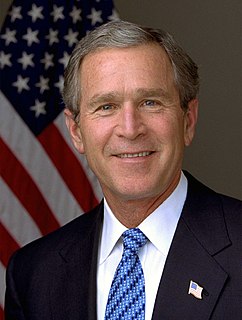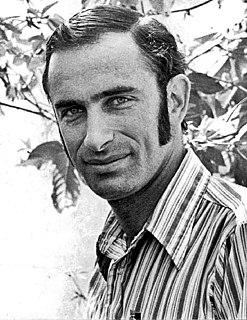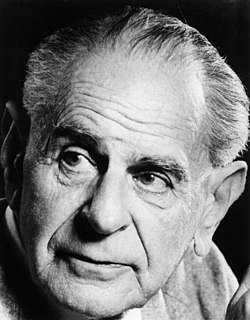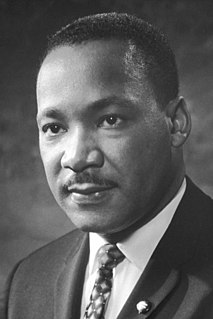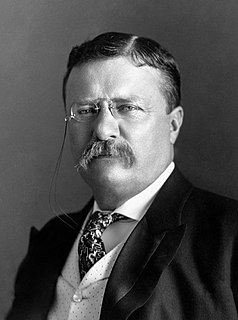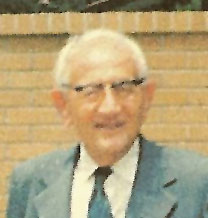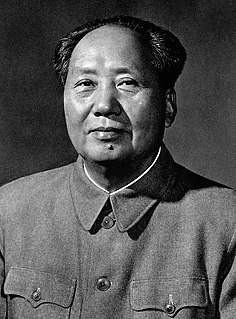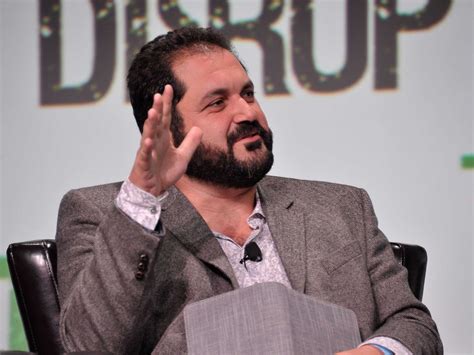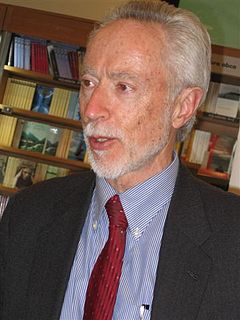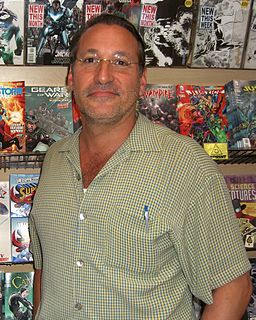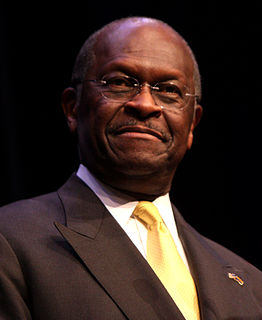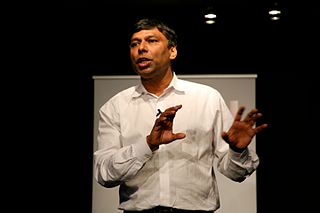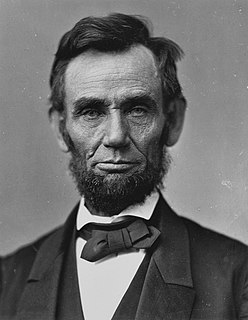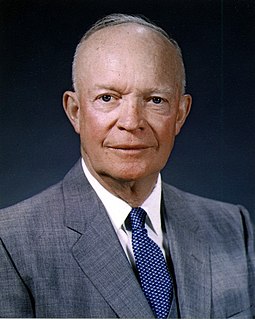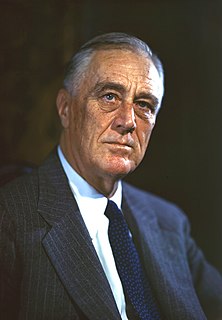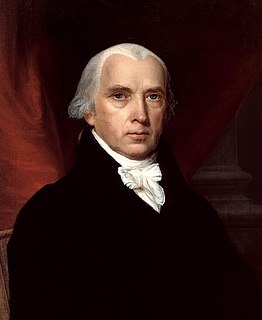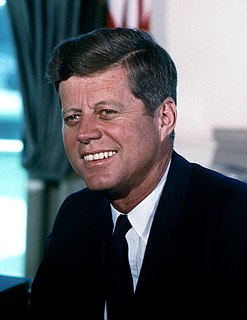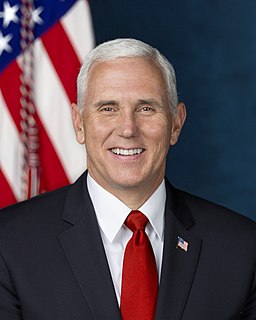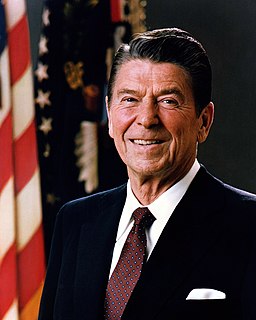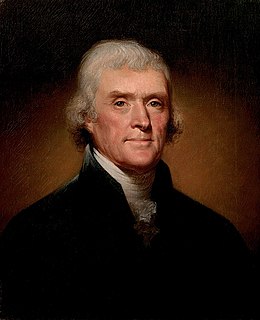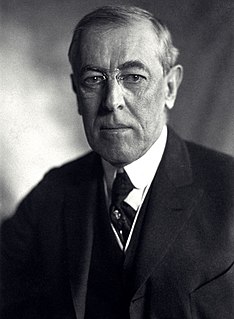Цитата Джорджа Буша-младшего
Вы не можете решить проблему, если не диагностируете проблему.
Темы цитат
Связанные цитаты
Решение проблемы народонаселения не решит проблемы расизма, сексизма, религиозной нетерпимости, войн, вопиющего экономического неравенства. Но если вы не решите проблему населения, вы не решите ни одну из этих проблем. Какая бы проблема вас ни интересовала, вы не решите ее, если не решите также и проблему населения. Каким бы ни было ваше дело, это безнадежное дело без контроля рождаемости.
Люди десятилетиями пытались выполнять обработку естественного языка с помощью компьютеров, и в целом в этом был лишь медленный прогресс. Оказалось, что проблема, которую нам нужно было решить, в некотором роде противоположна той, которую обычно приходится решать людям. Людям обычно приходится решать проблему с тем, что вам даны тысячи, миллионы страниц текста, пусть компьютер это поймет.
Если мы хотим повлиять на сотни или миллионы людей, мы должны действовать по-другому. Если мы посмотрим на проблему как на инфраструктурную проблему, мы не сможем повлиять, потому что это требует больших усилий. Но когда мы превращаем эту проблему в проблему знания, внезапно эта проблема становится управляемой.
